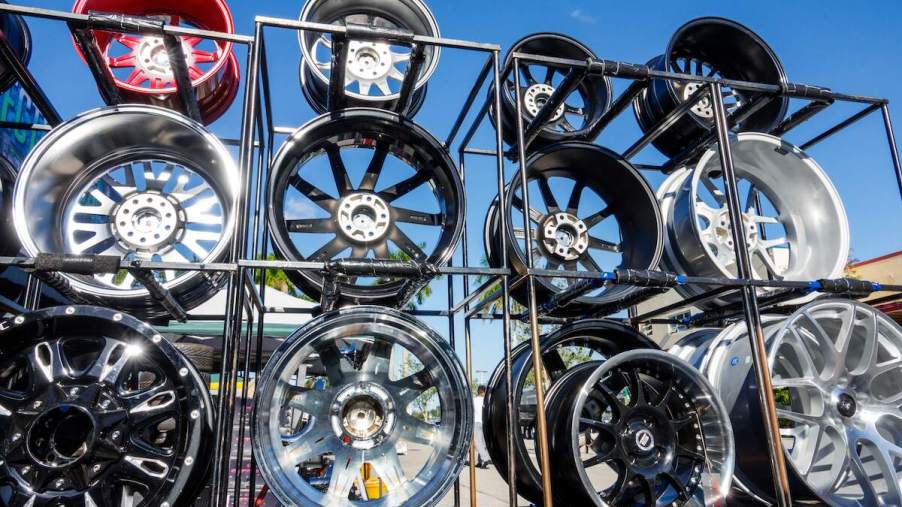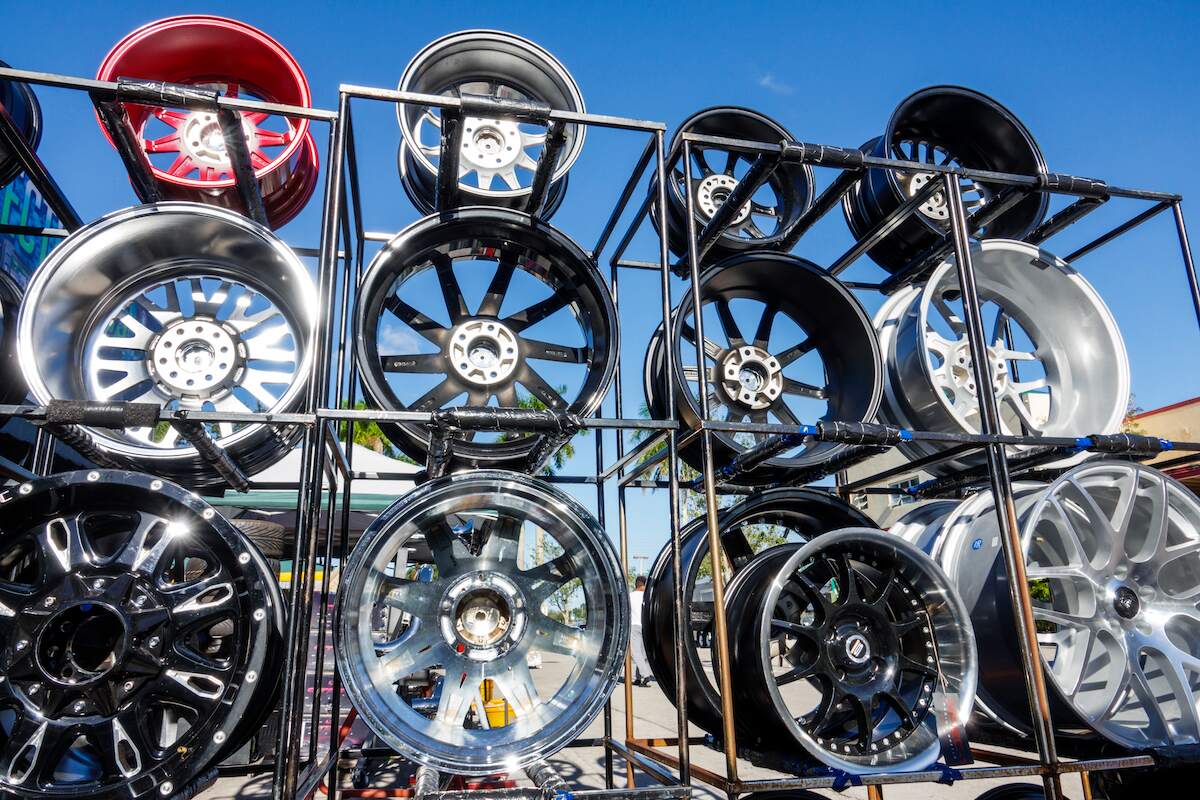
What Are Mag Wheels, and What Are Their Advantages and Disadvantages?
Modern technology is impressive, especially when it offers innovative car parts such as flexible rims and carbon-fiber wheels. You might’ve heard the term “mag wheels” on cars, trucks, SUVs, and motorcycles, but what exactly are they? Let’s look at mag wheels, including their pros and cons.
What are mag wheels?

“Mag wheels” is a catch-all for aftermarket alloy wheels. “Mag” is short for “magnesium,” a metal used in many alloy wheels of the past and in the racing industry. However, now they’re developed using a magnesium alloy, not the full element.
Mag wheels earned popularity on race cars for their lightweight properties and high durability. They were also seen on daily drivers, at least up until the 1960s, when aluminum alloy wheels became readily available.
You’ll find two types of magnesium wheels today. One is made by forging the metal to give it strength, making it ideal for performance applications. The other is made using a cast, which is how mag wheels were developed in the past. It enables the wheel to be mass-produced at a lower cost. You can find them on cars, motorcycles, and even bicycles.
What are the advantages of mag wheels?
Mag wheels’ most significant advantage is their lightweight property. According to IOPScience, the lighter the metal, the better the performance. Also, they enhance tire grip — providing faster acceleration, shorter stopping distances, and better handling.
Another benefit is they’re fireproof despite magnesium being a flammable element. Because they’re made from a magnesium alloy, there’s no chance of fire. That helps the braking system because magnesium alloy absorbs most of the heat, meaning brake pads, discs, and drums remain cooler.
Thanks to mag wheels’ fireproof properties, the Fédération Internationale de l’Automobile (FIA) approved their use in Formula 1. The U.S. Federal Aviation Administration also approved them for many types of aircraft.
What are the drawbacks?
The most notable problems with mag wheels are their higher cost and varying quality. Wheels produced through casting are cheaper, but they’re lower-quality. Forging wheels gives a more stable product with much more durability, but that process is costlier. That’s why you’ll usually find forged wheels only on performance vehicles. In addition, magnesium shortages, such as those caused by the COVID-19 pandemic, increase prices.
Another problem with mag wheels is they’re prone to corrosion and have a short lifespan despite their durability. Corrosion sets in fairly quickly, causing rust holes to appear, compromising the wheels’ integrity.
However, new technology has been in the works, and magnesium wheels are making a comeback. Using a special treatment process, these wheels can last as long as some typical aluminum ones. Some manufacturers even offer a 10-year warranty to help build confidence in their products.
Mag wheels can refer to aftermarket aluminum alloys or the magnesium wheels that many automobiles used in decades past. You won’t find many daily drivers with them today due to their higher cost, but they’re ideal for high-performance vehicles, especially on the track.


